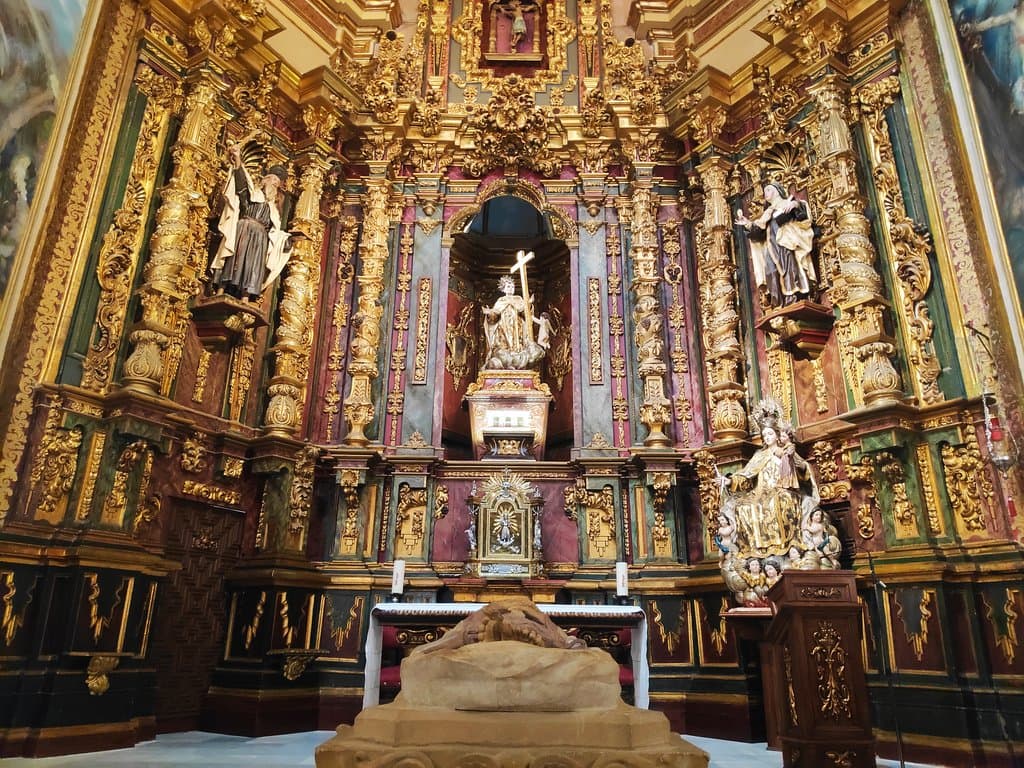
Museo de San Juan de la Cruz
Discover the life and legacy of Saint John of the Cross in this historic convent, featuring his cell, relics, and inspiring sacred art.
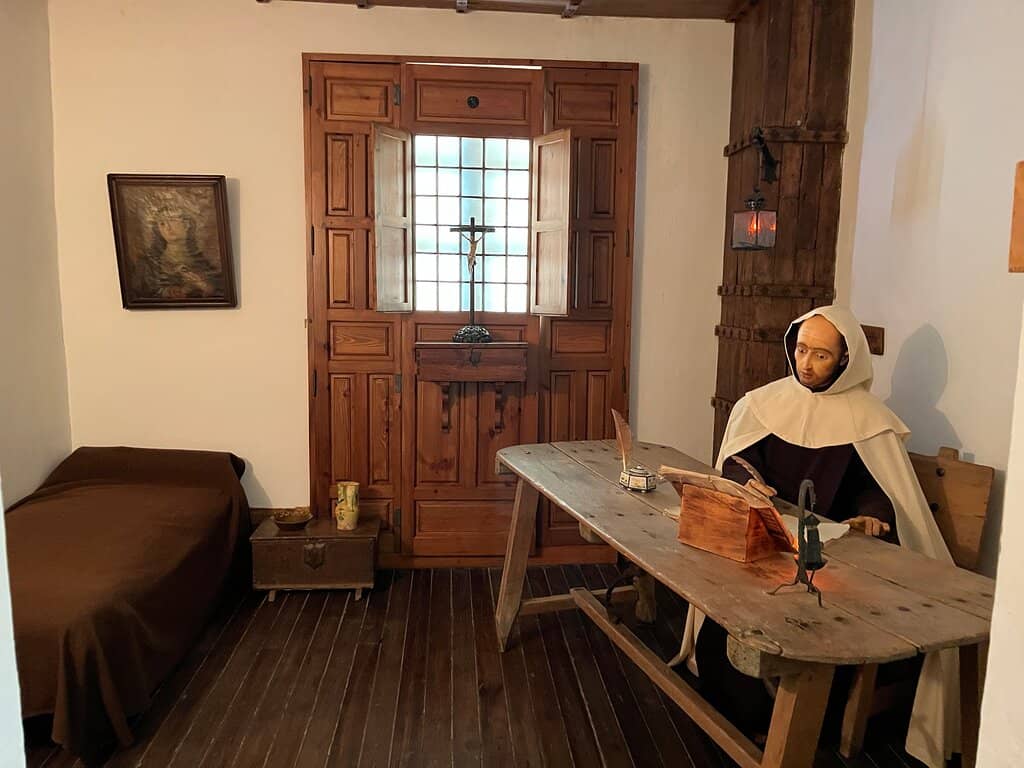
Highlights
Must-see attractions
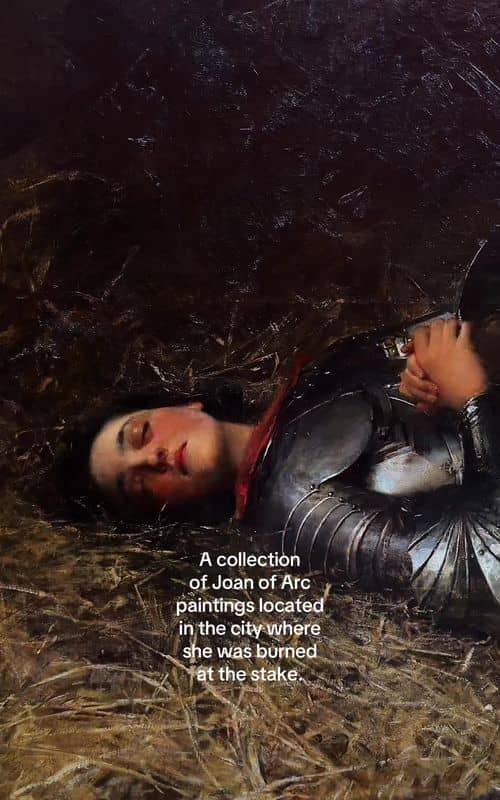
Social
From TikTok & Reddit
Best Time
Fewer crowds, peaceful exploration

Museo de San Juan de la Cruz
Best Time
Fewer crowds, peaceful exploration

Highlights
Must-see attractions
Discover the life and legacy of Saint John of the Cross in this historic convent, featuring his cell, relics, and inspiring sacred art.
"A fine collection of sacred art complements the architecture and history that permeates the entire tour."
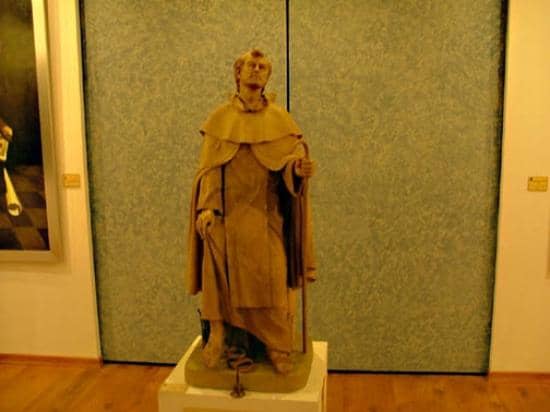
Don't Miss the Cell
The room where Saint John of the Cross died is a must-see for its profound historical and spiritual significance. :pray:
Explore the Art
The museum boasts a beautiful collection of sacred art, with many pieces dedicated to the saint's life. :art:
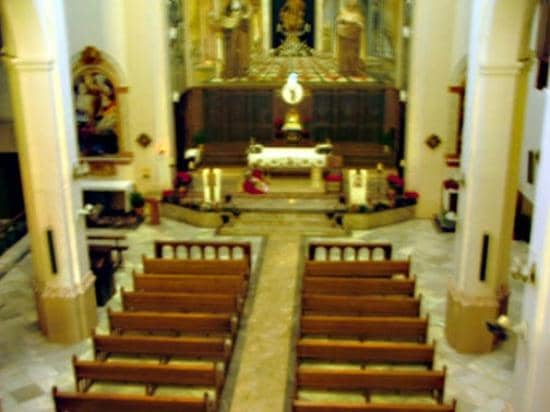
Highlights
Discover the most iconic attractions and experiences

Saint John of the Cross's Cell
Convent
The very room where the mystic saint lived his final moments and passed away. A deeply spiritual and historical space.

Baroque Reliquary
Chapel
Discover the ornate reliquary that once housed the saint's tomb, a testament to Baroque artistry and devotion.
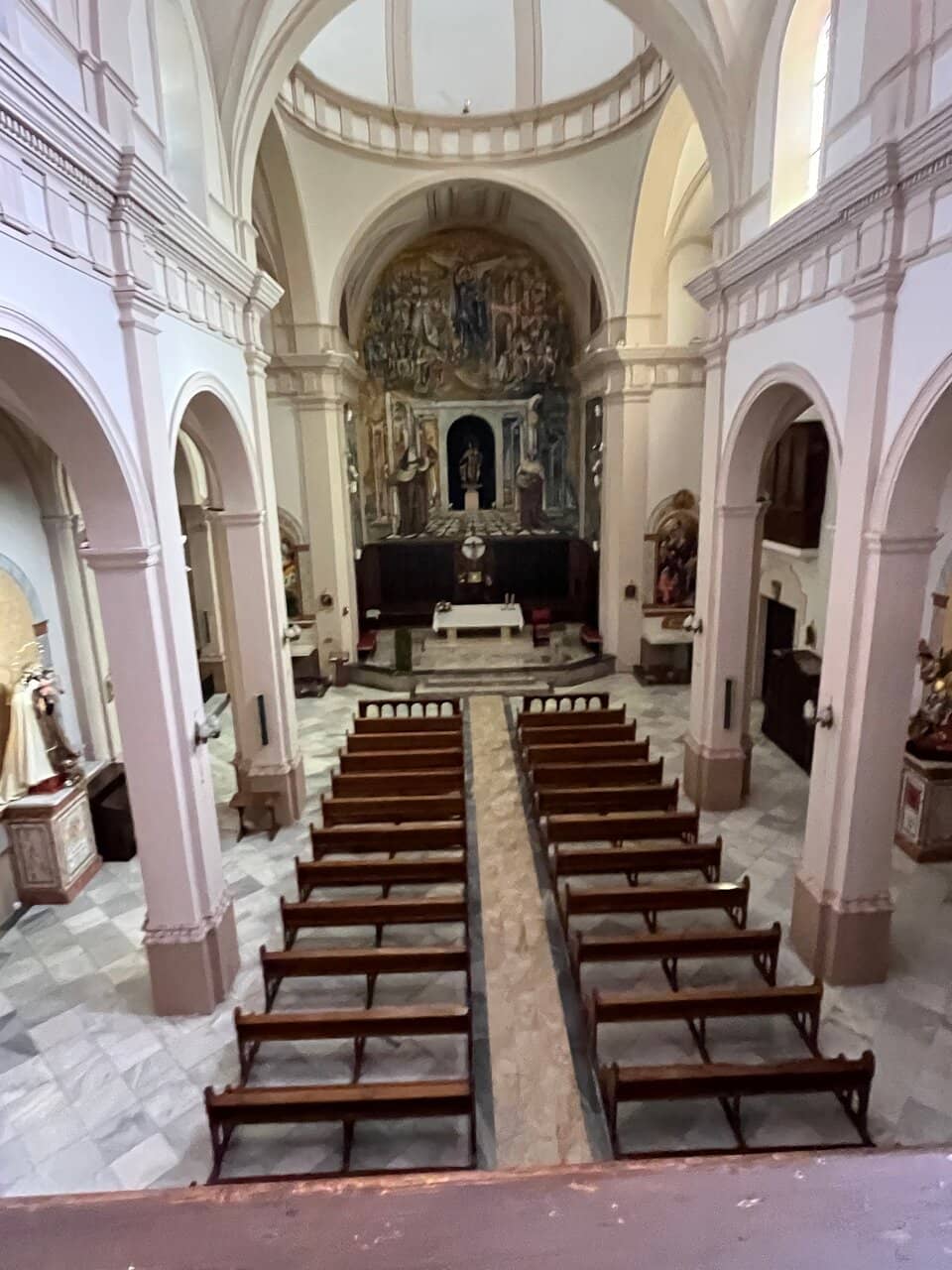
Sacred Art Collection
Museum Rooms
Admire a fine collection of sacred art, including pieces dedicated to the saint's life and works, alongside modern art.
Plans like a pro.
Thinks like you
Planning Your Visit
Discover Carmelite History
Plan Your Visit
Best Times
Insider Tips
from TikTok, Instagram & Reddit
Don't Miss the Cell
The room where Saint John of the Cross died is a must-see for its profound historical and spiritual significance. :pray:
Explore the Art
The museum boasts a beautiful collection of sacred art, with many pieces dedicated to the saint's life. :art:
A Hidden Gem
This museum is less known than other Úbeda sites but offers a complete and well-kept experience. :gem:
Allow Ample Time
Take your time to absorb the history and serene atmosphere of this unique convent museum. :clock1:
Tips
from all over the internet
Don't Miss the Cell
The room where Saint John of the Cross died is a must-see for its profound historical and spiritual significance. :pray:
Explore the Art
The museum boasts a beautiful collection of sacred art, with many pieces dedicated to the saint's life. :art:
A Hidden Gem
This museum is less known than other Úbeda sites but offers a complete and well-kept experience. :gem:
Allow Ample Time
Take your time to absorb the history and serene atmosphere of this unique convent museum. :clock1:
What Travellers Say
Reviews Summary
Visitors highly recommend this museum as a 'hidden gem' in Úbeda, praising its fine collection of sacred art and the profound historical significance of the convent, particularly the cell where Saint John of the Cross died. It's considered a must-see for culture lovers and those interested in religious history, offering a complete and well-kept experience.
"A slightly off-the-beaten-track site in Úbeda, but highly recommended. A fine collection of sacred art complements the architecture and history that permeates the entire tour. Highly recommended."
José Julio Arias Hernando
"A beautiful museum dedicated to the Carmelite mystic John of the Cross and the influence he left on later artists. He died here, and some of his relics are housed in a beautiful Baroque church. A must-see for culture lovers."
Candela Vizcaíno
"Saint John of the Cross, already ill, wanted to stop at this convent to see if he could get better on December 12th. That same night, after praying Compline, he knew his time had come, and indeed it was. The chapel houses what was his tomb until it was later moved, the room in which he slept and died. There is also a collection of various religious works along with a smaller collection of modern art dedicated to the saint, his life, and his works. This fantastic convent houses a small museum about the saint in this World Heritage city."
Pato
What People Like
What People Dislike
Frequently Asked Questions
🚇 🗺️ Getting There
The museum is located within the historic center of Úbeda, a UNESCO World Heritage city. It's easily accessible by foot if you're already exploring the old town. Parking can be challenging in the narrow streets, so consider public transport or a short walk from designated parking areas.
While it's a 'hidden gem,' it's situated within a significant convent. Look for signs directing to the Convent of Santa Teresa and San Juan de la Cruz.
🎫 🎫 Tickets & Entry
Opening hours can vary, so it's best to check the official website or local tourist information before your visit. Generally, it's open during daytime hours on weekdays and Saturdays.
Admission fees are typically modest, reflecting its status as a cultural heritage site. Check for any potential discounts for students or seniors.
For most visitors, booking in advance isn't necessary, especially during off-peak times. However, for group visits or during peak tourist seasons, it might be advisable.
🎫 🧭 Onsite Experience
The museum is dedicated to the life, works, and legacy of Saint John of the Cross, a prominent Carmelite mystic. It showcases his cell, relics, and art inspired by him.
You can explore the saint's cell where he died, the Baroque reliquary, a collection of sacred art, and a library specializing in spirituality.
Absolutely! The museum features a fine collection of sacred art, including pieces by later artists influenced by Saint John of the Cross.
Information on guided tours may be available upon arrival or through the museum's official channels. Inquire at the entrance for details.
🍽️ 🍽️ Food & Dining
Úbeda's historic center is filled with charming restaurants and tapas bars offering delicious local cuisine. You'll find plenty of options within walking distance.
Typically, food and drinks are not permitted inside museums to preserve the exhibits. There are usually designated areas outside or nearby for refreshments.
📸 📸 Photography
Photography policies can vary. Often, non-flash photography is permitted for personal use, but it's essential to check for specific signage or ask staff.
The Baroque reliquary and the saint's cell are particularly photogenic. The architectural details of the convent itself also offer great photo opportunities.
For Different Travelers
Tailored advice for your travel style
👨👩👧 Families with Kids
Tips for families: Focus on the most visually engaging aspects, like the ornate reliquary and the saint's cell. Discuss the historical context in simple terms. Úbeda itself offers more universally child-friendly attractions like plazas and parks for breaks. Ensure you check the museum's policies regarding children's behavior to maintain the serene environment.
🏛️ Culture & History Enthusiasts
Beyond the saint himself, the collection of sacred art and the Baroque architecture of the convent are significant draws. It's a chance to see how religious devotion was expressed through art and building design in the 16th and 17th centuries. The museum's location in Úbeda, a UNESCO World Heritage city, further enhances its cultural appeal, allowing for a broader exploration of historical Andalusia.
🧘 Spiritual Seekers
The museum's focus on the saint's life and teachings, coupled with the serene atmosphere of the convent, provides an environment conducive to contemplation. The art collection often reflects themes of divine union and spiritual struggle, resonating with those seeking deeper spiritual understanding. It's a place to connect with a significant figure in Christian mysticism and find inspiration for one's own path.
Deep Dives
In-depth insights and expert knowledge
The Life and Legacy of Saint John of the Cross
The museum itself is housed within the former convent where he spent his final days. It meticulously preserves the environment of his passing, offering visitors a tangible connection to his life. The collection includes relics, personal memorabilia, and a significant body of art that reflects his profound influence on subsequent generations of artists and theologians. The architecture of the convent, with its Baroque elements, adds another layer of historical and aesthetic appreciation to the visit.
Visitors often remark on the profound sense of peace and spirituality that permeates the museum. It's not just a collection of artifacts but an immersive experience into the life of a revered saint and the artistic movements he inspired. The 'lesser-known' aspect of the museum, as noted by some, allows for a more intimate and contemplative visit, away from the larger crowds of more famous attractions.
Artistic and Architectural Significance
The convent itself is a significant architectural site. While the exact period of construction and renovation might vary, it embodies the architectural styles characteristic of religious buildings in Andalusia during the 16th and 17th centuries. The Baroque reliquary is a particularly striking example of the ornate style, designed to honor and display sacred relics with grandeur. Visitors can appreciate the intricate details, the use of rich materials, and the overall devotional atmosphere created by the architecture.
Beyond the specific religious art, the museum also includes a smaller collection of modern art dedicated to the saint, demonstrating his enduring relevance and inspiration across different eras. This blend of historical and contemporary artistic interpretations offers a comprehensive view of his impact. The well-kept nature of the museum, as praised by visitors, ensures that both the art and the architecture are presented in their best light, enhancing the overall visitor experience.
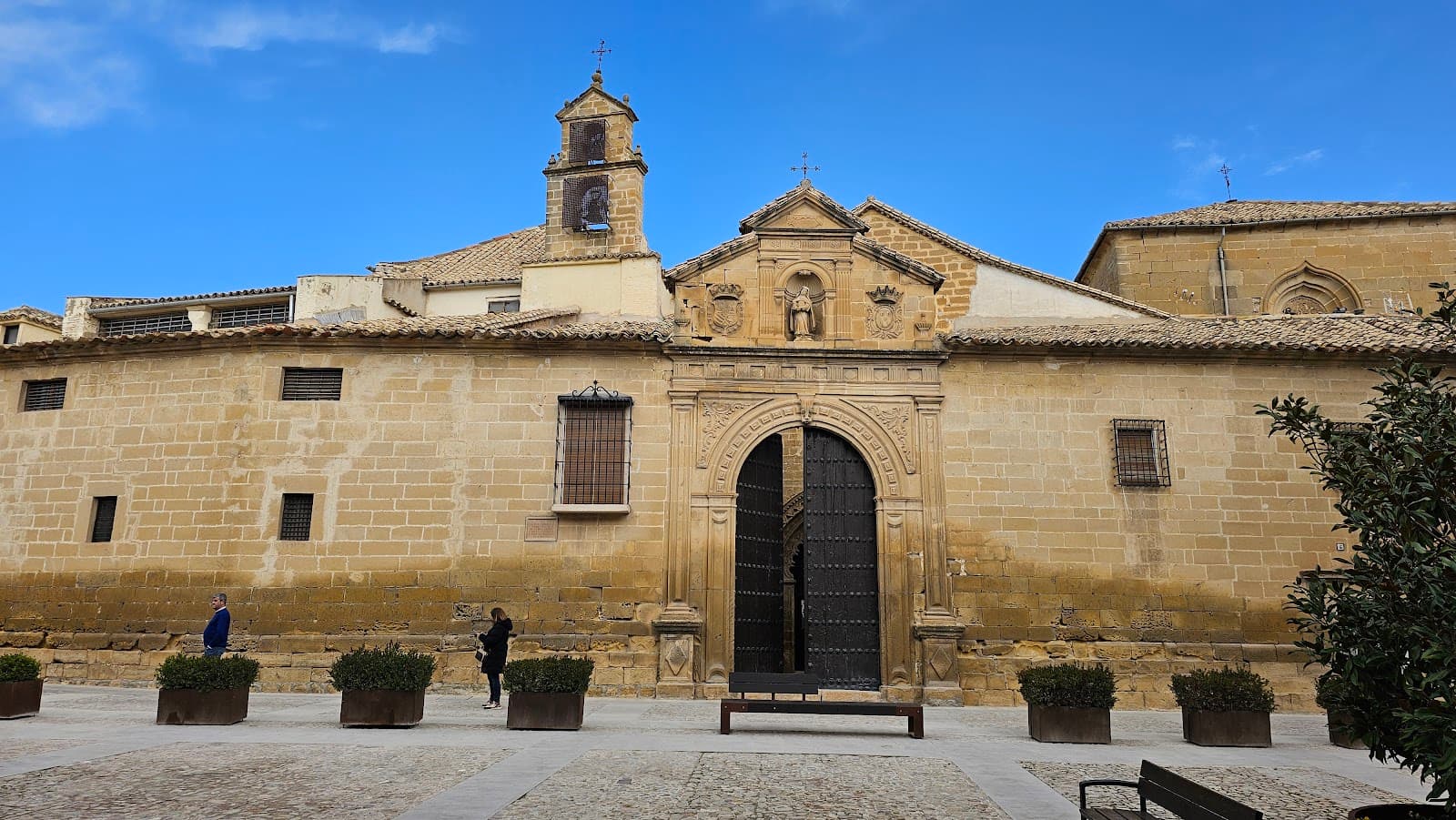
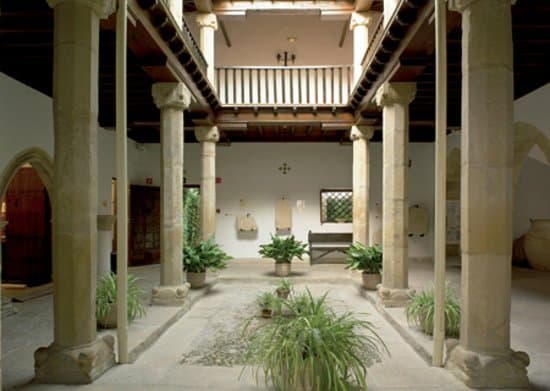
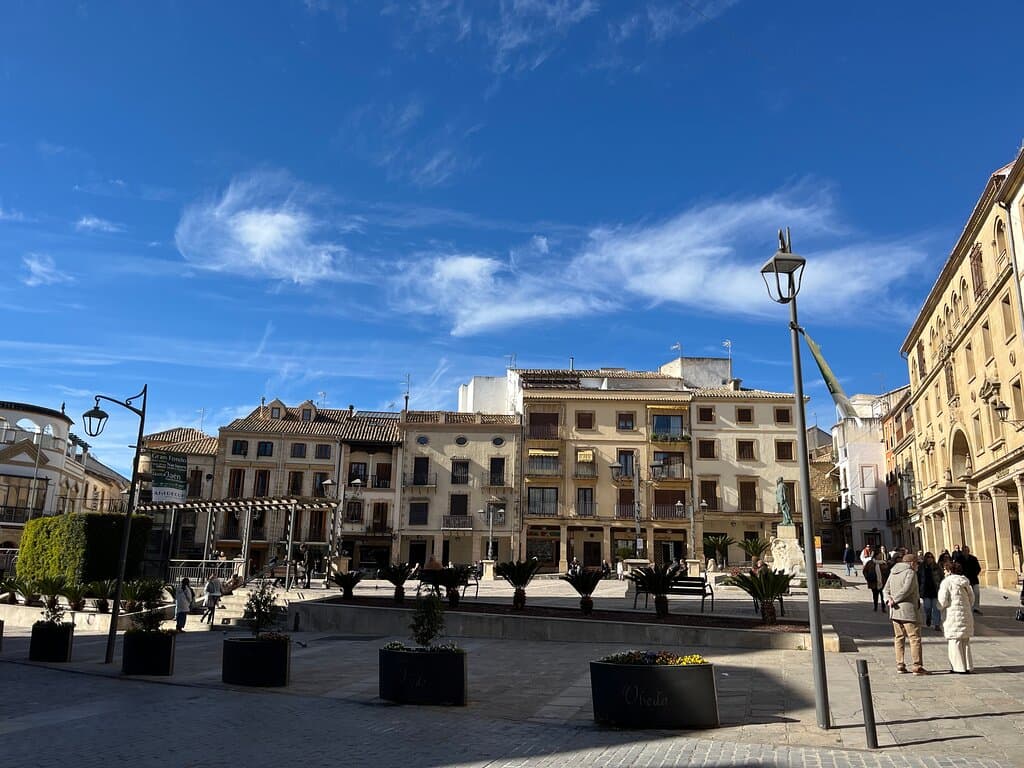


Social
from TikTok, Instagram & Reddit